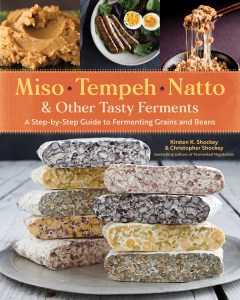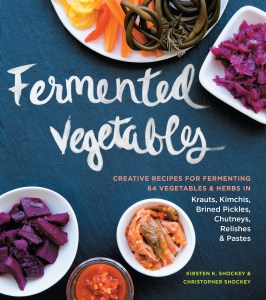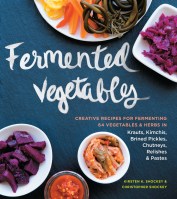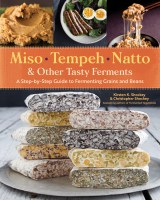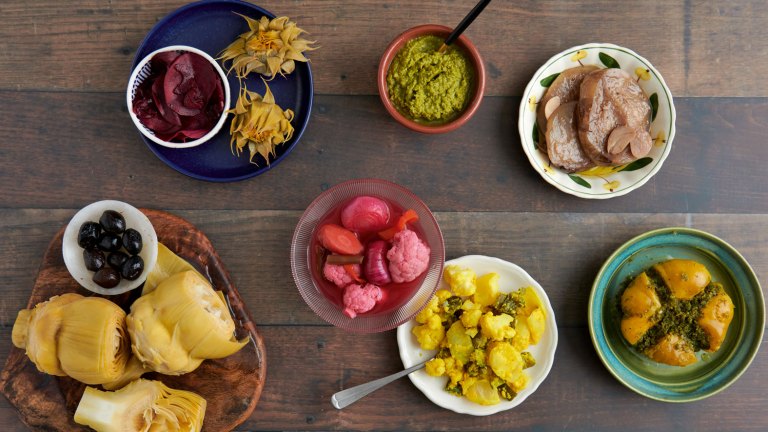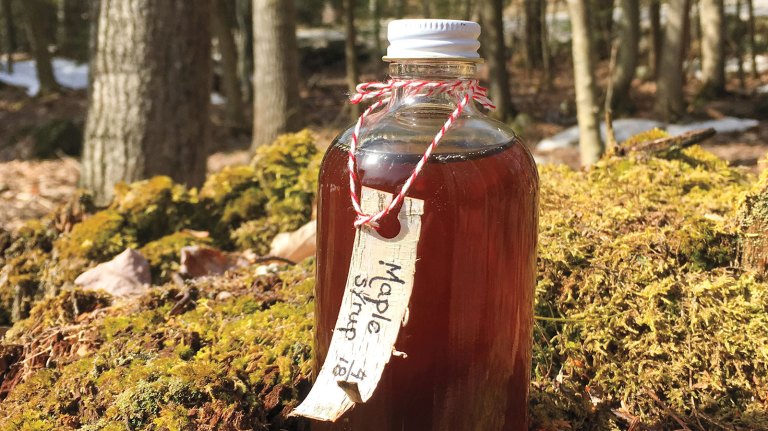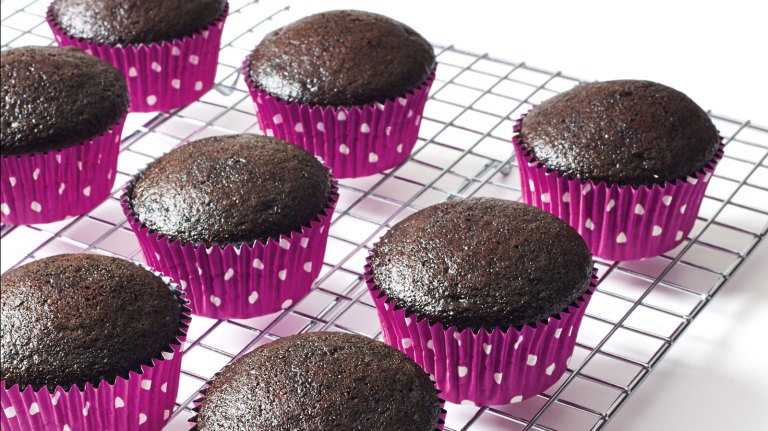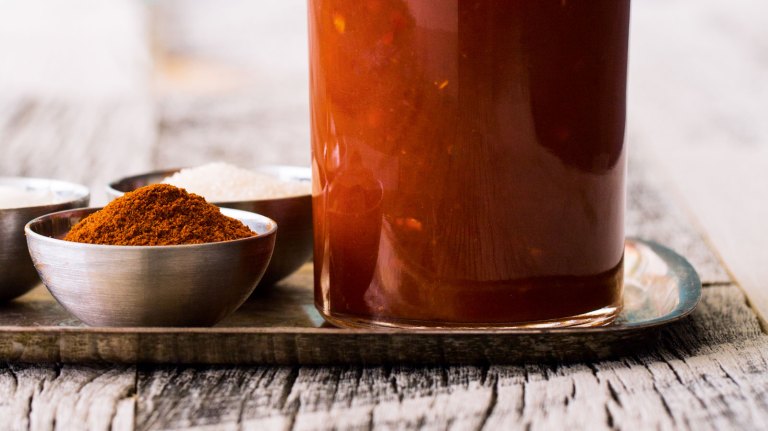Easy Fermented Foods: Curtido and Chickpea Miso
As more of us turn to cooking from the pantry, making fermented foods is more than just practical — it nourishes body and soul.
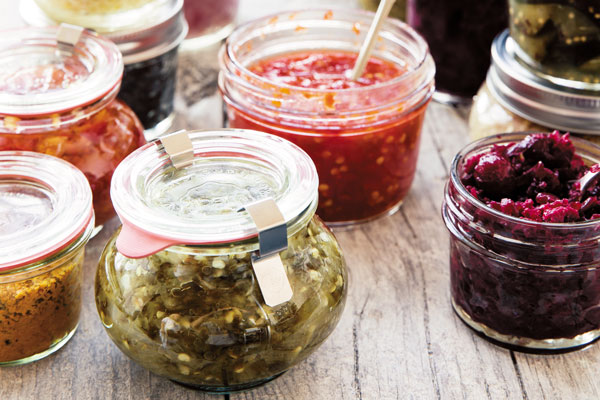
In the way life was, not too long ago, the way we ate had more to do with accommodating our lifestyles than it did with maximizing nourishment. Every ingredient was available any time we needed it, and for some, wholesome, ready-to-eat meals could be easily picked up or purchased. Now, in this time of staying at home, the usual ways we feed and nourish ourselves are being challenged. We are at home eating simple meals prepared at home with ingredients from our pantries and freezers. As we settle into weeks of this, my hope is that people are finding comfort and even beauty in these new home cooking routines. I also hope that to these new rhythms and routines, some of you have added fermenting.
Making fermented food is practical. When I knew we needed to try to avoid frequent trips to the store, we bought a lot of fresh greens that we ate quickly, but we also bought root vegetables and cabbage. If you are going to the market less often and want to keep vegetables fresh and loaded with nutrition, simple lactic acid fermentation is a wonderful tool. A fermented-food larder also gives you the convenience of having foods on hand that you can use to throw together great flavors quickly.
But maybe more importantly in the time of COVID-19, making fermented foods can be nourishing to body and soul. Our bodies need the live microbes in these ferments because a healthy gut and a strong immune system go hand in hand. And something as primal as preparing food with our hands is grounding, and rare in our modern world. You would be surprised how relaxing it is to squish warm beans or salty cabbage leaves with your fingers. If you have kids, they love the process of pounding and mashing food for fermenting and watching over the next few days as it transforms.
At the beginning of our extended time at home, my granddaughter and I made a huge batch of sauerkraut and curtido, which is a mix of vegetables, herbs, and spices (the recipe is included below). It is one of our staples because it is so versatile and adds pizzazz to add to any meal. Now that our tender fresh vegetables are gone, curtido still brings freshness, probiotics, and many of the same comforts to our dishes as dolloping a bit of salsa on a sandwich, salad, soup, mac and cheese, eggs, or beans.
There, I said it. Beans. I know that dried and canned beans have flown off nation’s store shelves as people have stocked their pandemic pantries. As a writer and food educator, I also know that most people don’t usually eat beans in quantities that match the amount they’re buying. But beans are another accessible entrée into the world of fermentation.
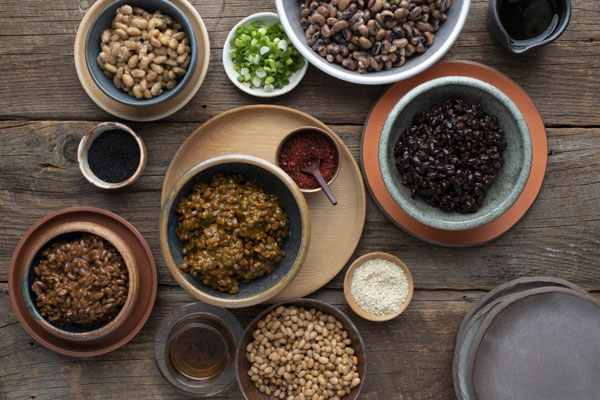
In fact, one of the easiest ferments ever is one you might already be doing. Soaking dried beans for 18 to 24 hours before cooking them not only softens them but involves a mini-lacto-fermentation of its own. As the beans soften, bacteria start the process of breaking down carbohydrates. At the same time, phytic acid — a compound in legumes you may have read about that can decrease the body’s ability to absorb nutrients — leaches into the water. By changing your water once or twice in an 18–24-hour soak, you will effectively remove this anti-nutrient. That’s it. Just put your dried beans in a bowl with enough water to cover them, and let the lactobacillus, water, and time do the rest.
Anyone with an abundance of beans in their pantries can also try making a simple miso. Miso is a delicious fermented bean paste that uses the enzymes in koji to get the process going. I share a recipe here that specifies chickpeas (canned or dried), but you can substitute any canned bean. Koji is a superpowered flavor-maker that can be easily ordered online (try here and here). It also makes an easy, tasty fermented oat milk. (Let’s face it: probably all of us have some dried oats in our cabinets, too.)
Be well, my friends. This too shall pass. In the meantime, I wish you the small pleasures of a slowed life and fermented foods.
Curtido
People who are adamant that they don’t like fermented vegetables liked Curtido. Curtido comes from the Spanish verb encurtir which means “to pickle.” It is traditional in the cuisine of El Salvador, and it’s as versatile in Latin American food as sauerkraut is in Eastern European. It’s a refreshing replacement for pico de gallo salsa, which helps your efforts to eat local, as it’s not reliant on the fresh tomato that travels 900 miles to get to your winter table.
Yield: about 1 gallon
Ingredients
- 2 heads (about 6 pounds) cabbage
- 1–2 carrots, thinly sliced
- 1 onion, thinly sliced
- 4 cloves garlic, grated
- 2 tablespoons dried oregano, crumbled
- 1 tablespoon chile pepper flakes
- ½ teaspoon ground cumin, or to taste
- 2½ tablespoons unrefined sea salt
Equipment:
- Fermentation vessel, 1 gallon or larger
Directions
- To prepare the cabbage, remove the coarse outer leaves. Rinse a few unblemished ones and set them aside. Rinse the rest of the cabbage in cold water. With a stainless steel knife, quarter and core the cabbage. Thinly slice with the same knife or a mandoline, then transfer the cabbage to a large bowl.
Add the carrot, onion, garlic, oregano, chile flakes, and cumin to the shredded cabbage.
Add 1 tablespoon of the salt and, with your hands, massage it into the vegetables, then taste. You should be able to taste the salt without it being overwhelming. Add more salt if necessary. The cabbage will soon look wet and limp, and liquid will begin to pool. If you’ve put in a good effort and don’t see much brine in the bowl, let it stand, covered, for 45 minutes, then massage again.
Transfer the vegetables to your fermentation vessel, a few handfuls at a time, pressing down on the cabbage with your fist or a tamper to work out air pockets. You should see some brine on top of the vegetables when you press. Leave 4 inches of headspace for a crock, or 2 to 3 inches for a jar. Top the vegetables with one or two of the reserved outer cabbage leaves. Then, for a crock, top the leaves with a plate that fits the opening of the container and covers as much of the vegetables as possible; weight down with a sealed, water-filled jar. For a jar, use a sealed, water-filled jar or ziplock bag as a follower-weight combination.
Set aside the jar or crock on a baking sheet to ferment, somewhere nearby, out of direct sunlight, and cool, for 4 to 14 days. Check daily to make sure the vegetables are submerged, pressing down as needed.
You can start to test the curtido on day 4. You’ll know it’s ready when it’s pleasingly sour and pickle-y tasting, without the strong acidity of vinegar; the cabbage has softened a bit but retains some crunch; and the cabbage is more yellow than green and slightly translucent, as if it’s been cooked.
Ladle the curtido into smaller jars and tamp down. Pour in any brine that’s left. Tighten the lids, then store in the refrigerator. This curtido will keep, refrigerated, for 1 year.
Chickpea Miso
Chickpea miso has a mellow flavor and a pleasing light yellow color. It is a fantastic all-purpose miso and is ready when fairly young. The ratio of chickpea to koji is nearly equal. This miso can also be made as a chickpea-barley miso — simply replace the rice koji with barley koji.
Yield: about 6 cups
Fermentation/aging: 2 months
Ingredients
- 2 cups (350 g) dry chickpeas or 2 15-oz. cans of chickpeas (use same quantities if substituting other beans)
- 2½ cups (440 g) light Rice Koji
- ½ cup plus 1 tablespoon (150 g) salt, plus extra to prep the vessel and top the miso
- 1 tablespoon (16 g) unpasteurized miso
Directions
If using dry chickpeas, soak them for 8 to 24 hours. Boil the chickpeas in plenty of water until they are soft, about 1 hour, or steam them in an electric pressure cooker for 35 minutes. If using canned chickpeas, empty the beans into a pot with along with the liquid from the cans and bring to a boil and turn off heat.
Drain, reserving the cooking water, and then spread them out on a tray to cool slightly.
When the chickpeas have cooled to below 100ºF/38ºC, combine them in a bowl with the koji and ½ cup of the salt. Mash together with a potato masher, or put through a meat grinder if you have one. Add the miso and thoroughly mix. Add enough of the bean cooking water to achieve the desired consistency — it should be chunky and dryish, like mashed potatoes.
Using a bit of the bean cooking water, rinse the inside of your fermentation jar or crock, making sure to coat all of the surface. Then sprinkle 1 tablespoon salt into the jar, making sure to coat all the sides and the bottom of the vessel.
Spoon the chickpea mixture into your jar or crock, doing your best to remove as many air bubbles as possible.
Set a small piece of unbleached cotton cloth or parchment paper cut to fit the diameter of your vessel on top. Sprinkle about . tablespoon of salt along the edges of this cover to seal any gaps. Weight the miso with about 6 pounds, or as best you can.
Cover the entire vessel with cloth or paper, securing it in place and let age at room temperature. We find that the flavors become perfect in about 2 months.
When you are ready to harvest your miso, open it up. You may need to scrape off the top surface of the miso until you get to something that looks nice and rich in color. You can either strain off the tamari (the liquid pooling on the top of the miso) or you can mix it back into the miso and eat it as is. Your miso may be chunky; if you prefer a smoother paste, process it in a grinder or food processor. Store in an airtight container. The miso will keep indefinitely in the refrigerator.
Curtido Excerpted from Fermented Vegetables © Kirsten K. Shockey and Christopher Shockey. Chickpea Miso Excerpted from Miso, Tempeh, Natto & Other Tasty Ferments © Kirsten K. Shockey And Christopher Shockey. Photo © Dina Avila.
2019 Foreword INDIES Winner
Best-selling fermentation authors Kirsten and Christopher Shockey explore a whole new realm of probiotic superfoods with Miso, Tempeh, Natto & Other Tasty Ferments. This in-depth handbook offers accessible, step-by-step techniques for fermenting beans and grains in the home kitchen. The Shockeys expand beyond the basic components of traditionally Asian protein-rich ferments to include not only soybeans and wheat, but also chickpeas, black-eyed peas, lentils, barley, sorghum, millet, quinoa, and oats. Their ferments feature creative combinations such as ancient grains tempeh, hazelnut–cocoa nib tempeh, millet koji, sea island red pea miso, and heirloom cranberry bean miso. Once the ferments are mastered, there are more than 50 additional recipes for using them in condiments, dishes, and desserts including natto polenta, Thai marinated tempeh, and chocolate miso babka. For enthusiasts enthralled by the flavor possibilities and the health benefits of fermenting, this book opens up a new world of possibilities.
Master the techniques for making sauerkraut, kimchi, pickles, and other savory, probiotic-rich foods in your own kitchen.This easy-to-follow, comprehensive guide presents more than 120 recipes for fermenting 64 different vegetables and herbs. Learn the basics, and then refine your technique as you expand your repertoire to include curried golden beets, pickled green coriander, and carrot kraut. With a variety of creative and healthy recipes, many of which can be made in batches as small as one pint, you’ll enjoy this fun and delicious way to preserve and eat your vegetables.
